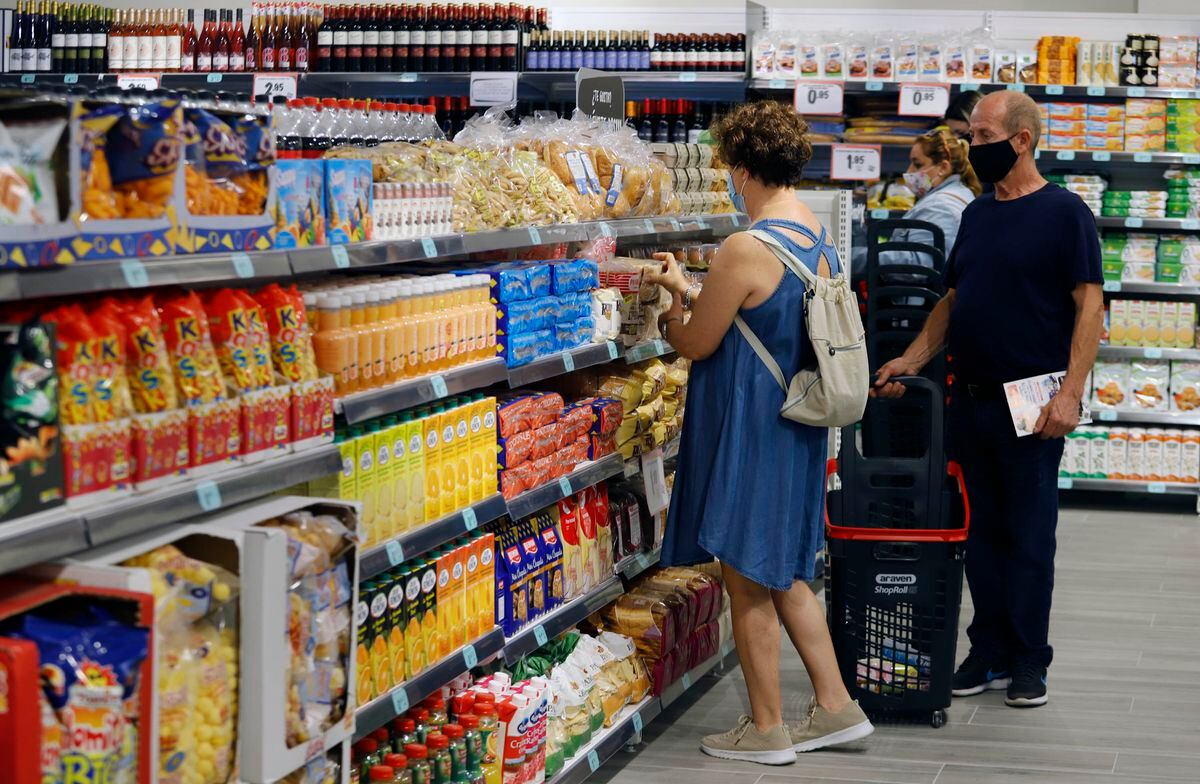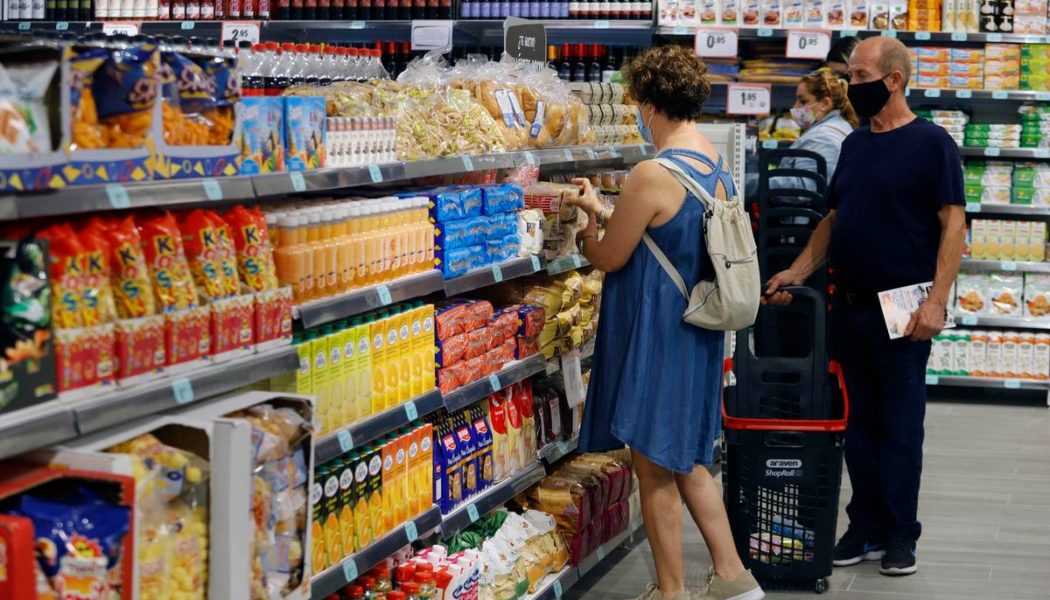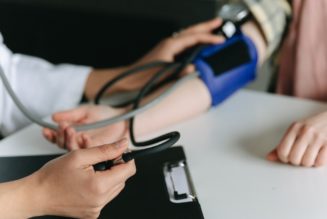
The Journal of the American Heart Association recently published an article that estimates the benefits of complying with the World Health Organization’s (WHO) recommendations regarding the consumption of salt. In Australia alone — where the study was conducted — reducing sodium intake by 30% over the next two years could prevent 1,700 annual premature deaths and 7,000 diagnoses of heart disease, kidney disease and stomach cancer.
Another 2021 analysis — published by the scientific journal Circulation — calculated that by meeting the goals of America’s National Salt and Sugar Reduction Initiative, which calls for a 20% reduction in the consumption of packaged foods and a 40% reduction in sugary drinks, about 490,000 deaths from cardiovascular disease could be prevented, along with 750,000 new cases of diabetes over the course of several decades.
The benefits of reducing sugar, salt, fat and heavily-processed foods would result in positive social transformations. Smart public policies are key to this. For instance, public awareness campaigns — such as those that encouraged seat belts in cars to drastically reduce accidents — are highly effective. If the negative consequences of a poor diet are clear, wouldn’t it be possible to achieve progress through nutrition by forcing people to eat healthy?
Manuel Franco, a professor of epidemiology at Johns Hopkins University, points out how he believes that notable reductions in the consumption of salt or sugar can occur: “[These habits] must be produced in the social environment, so that I don’t have to make the decision to choose between a food with a lot of salt and one with a little every time I go eat. That won’t work. People, especially those with fewer resources, have little time to cook and choose healthy options. It’s necessary to have policies that have already made the decision,” he explains.
Franco and other researchers have studied dramatic historical experiences that have led to such decisions being made. For instance, after the fall of the Soviet Union in 1991, the U.S. tightened its embargo against Cuba, which was heavily dependent on the USSR for subsidies. This combination of misfortunes caused an intense economic crisis on the island, known as the “Special Period.”
Cubans went from consuming 3,000 calories a day to around 2,200, while the scarcity of fuel forced them to walk everywhere, or use their bicycles. In a study published by the British Medical Journal, Franco showed that a radical change in lifestyle — which the islanders remember as a miserable period — produced benefits for their health.
The combination of diet and exercise led to a widespread loss of ten pounds per person across the country, improving many important health indicators. An analysis of the health of Cubans between 1980 and 2010 showed that this weight loss contributed to cutting deaths stemming from diabetes in half and those caused by coronary disease by a third. It also reduced the number of strokes.
Despite the positive results of that involuntary experiment, it’s unlikely that any society would support a government that would subject its people to rationing, no matter the improvements to health. In addition, according to nutritionist Juan Revenga, “there’s a very powerful industry around [unhealthy] food products that harms our health. Many jobs depend on it. They exist because the products are bought and they are bought because we like them.”
In recent years — driven by a broadening social and political awareness regarding the impact of diet on health — some measures have been taken that have reduced the consumption of salt and sugar, which, when combined with fat, make them attractive as processed foods. In Spain, the Association of Refreshing Drinks (ANFABRA) has promised a cumulative reduction of 53% in the sugar content of its products between 2020 and 2025.
Last year, the Spanish government placed a limit on the amount of salt allowed in bread. It’s estimated that this single measure will reduce the average Spaniard’s consumption of salt — about nine grams per day — by around 20%. However, even with this reduction, the remaining amount will still be above the two to five grams of salt per day recommended by the WHO.
In 2021, to bring down sugar consumption, the Spanish government increased the sales tax on sugary and sweetened beverages from 10% to 21%. An analysis of this policy by the Barcelona-based ESADE Business School’s Center for Economic Policy revealed that, while this tax hike had no effect on beverage consumption among medium and high-income households, it reduced consumption of sugary drinks by 13% — or 11 liters per household — among the poorest third of Spaniards. It also resulted in a 10.5% decrease in the consumption of high-sugar snacks among this lower-income demographic.
The value of sales taxes to modify behavior has also proven useful with harmful non-food products, such as tobacco. In Colombia, a government-mandated tripling of the price of a pack of cigarettes resulted in a 34% overall decrease in consumption.
Beatriz Blasco Marzal, the general director of ANFABRA, believes that self-regulation “has shown that progress can be made” without limiting change to the “partial measures” that include taxes on soft drinks. She assures EL PAÍS that, in her sector — which accounts for 2.1% of the total caloric intake of Spaniards — the professionals are “committed to reducing the consumption of sugar.”
She notes that drinks containing little or no sugar already account for 60% of the beverage industry in Spain. In addition, she mentions other measures that have been taken by the industry, in partial recognition of the notion that many of the products sold are not completely healthy. “We have a commitment not to advertise our products to children under 13 years of age… and not to sell any type of soft drink in primary education centers and only low-calorie or no-calorie drinks in secondary schools.”
Ramón Ortega, a professor of bioethics at Nebrija University in Madrid, has explored other techniques to condition the behavior of groups of people regarding food, without restricting their freedom. “Paternalism is very present in our lives. One case is the seat belt, which [authorities] force us to use for our own good, without leaving us the freedom to choose… or the prohibition of certain substances, such as heroin.”
Ortega’s conception of “libertarian paternalism” would fall somewhere in the middle of these policies. It would consist of exploiting the biases of the population, in order to increase the probability that people make healthy decisions, without directly forcing them.
“An example is what was done in the cafeterias at Google’s headquarters. To reduce the consumption of soft drinks, they put the vending machines in less visible places than the water coolers,” Ortega explains. “With this measure, Google managed to increase water consumption by 47% [among its employees].”
Other examples of these positive nudges described by Ortega — who recently wrote an article about the subject in The Conversation — are offering meat and fish with salad in school cafeterias, while still giving students the opportunity to buy chips. Or, as was done in some Argentine cities, restaurants were required to remove salt shakes from tables. If customers want extra salt, they must request it.
Ortega acknowledges that these policies “involve a certain level of manipulation, without seeking rational acceptance of the measures.” However, he considers this to be a positive alternative when compared to more restrictive public health measures. He also notes that the food-processing industry also exploits these cognitive biases to guide our behavior, “such as when basic foods — including meat or fish — are placed at the back of the supermarket, to make us pass by other products, such as sweets or chips.”
When the possibility of removing temptation (in the form of unhealthy food) from citizens is raised, an appeal is frequently made to the freedom of choice: for consumers and companies to pick what they wish to purchase and produce. However, such freedom is already conditioned. The large amounts of sugar, salt and fat in processed foods often result in combinations that are not found in nature, which have powerful effects on our brains. For instance, this is why we find water bland compared to sugar-flavored drinks.
Some researchers, such as Ashley Gearhardt, from the University of Michigan and Johannes Hebebrand, from the University of Duisburg-Essen in Germany, have analyzed the addictive capacity of some foods.
Gearhardt suggests that certain products — such as pizza, French fries or hamburgers — share some characteristics with addictive substances. This makes it difficult for us to control their intake, even though we know they’re not good for us. Many foods have been modified so that they generate more intense sensations of pleasure… similar to what happens with the coca leaf when it is processed into cocaine.
On the other hand, Hebebrand, who disagrees with the term “food addiction,” believes that excessive consumption of certain products is mainly due to their omnipresence in places such as supermarkets, as well as their wide variety, which maintains consumer interest.
Dr. Franco at Johns Hopkins believes that, for today’s consumers, going back to enjoying less-processed foods that contain smaller amounts of salt and sugar will be a long road.
“We’re not all going to become flexitarians overnight, nor are we going to suddenly enjoy bread without salt. We’re not going to be able to dedicate three hours a day to shopping and cooking, because that would require a brutal change in the economy and society.”
In addition, the food industry, “is not only very powerful, but it also feeds us,” Franco notes. “We can live without tobacco… but not without the food industry. We have to live together while we promote changes.”
Revenga — who questions the value of measures such as reducing salt in processed foods, “because they can give the feeling that it’s safe to consume a product that is still unhealthy” — believes that one of the important steps going forward is that, within schools, “they begin to teach what our mothers knew so well: to buy food and to cook it. Nobody knows how to do that anymore.”
Sign up for our weekly newsletter to get more English-language news coverage from EL PAÍS USA Edition









